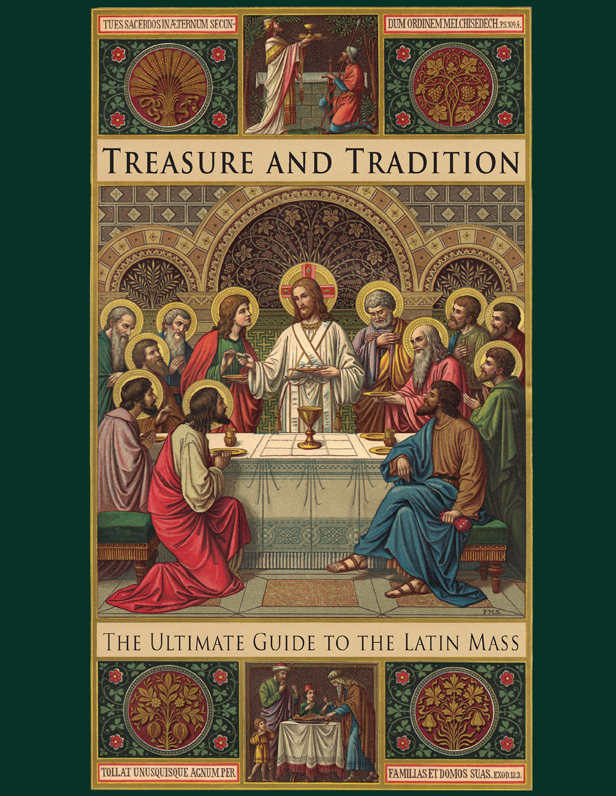Text is taken from Wikipedia - the free encyclopaedia,
unless otherwise stated.
Betrothal of The Virgin.
Artist: Rosso Fiorentino (1494–1540).
Date: 1523.
Current location: Basilica of Saint Lawrence, Florence, Italy.
Source/Photographer: Web Gallery of Art.
(Wikimedia Commons)
English: Marriage of The Virgin, Saint-Quiriace de Provins, France.
Deutsch: Bleiglasfenster in der Stiftskirche Saint-Quiriace in Provins, einer
Gemeinde im Département Seine-et-Marne (Île-de-France), Darstellung:
Geschichte des Joseph, untere Szene rechts: Heirat Josephs und Marias.
Photo: 4 June 2011.
Source: Own work.
Author: GFreihalter.
(Wikimedia Commons)
The Espousals of The Blessed Virgin Mary is a Feast that is Celebrated in certain parts of The Roman Catholic Church. It was removed from many Local Calendars by The Sacred Congregation of Rites. It was formally generally observed on 23 January.
In Matthew 1:16, Joseph is described as the husband of Mary. It is probable that Joseph and Mary were betrothed at Nazareth. The term "betrothal" indicates more than an engagement. It was customary to celebrate marriage in two stages, The first, that of the contractual arrangements culminating in consent or “betrothal.”
Scenes from The Life of The Virgin:
Marriage of The Virgin.
Artist: Giotto (1266–1337).
Date: 1304-1306.
Current location: Scrovegni Chapel, Padua, Italy.
Source/Photographer: Web Gallery of Art.
(Wikimedia Commons)
After a period of, perhaps, one year, in which preparations were made to establish a new home together, the second part stage, of actually conveying the wife to that home, would be accompanied by a great Feast, such as that recounted in the Gospel of John as The Marriage Feast at Cana.
The first definite knowledge of a Feast, in honour of The Espousals of Mary, dates from 29 August 1517, when, with nine other Masses in honour of Mary, it was granted by Pope Leo X to the Nuns of the Annunciation, founded by Saint Jeanne de Valois. In certain particular Churches, the Espousals of the Virgin Mary and Saint Joseph are honoured with an Office on 23 January.
Marriage of Mary.
Artist: Domenico Ghirlandaio (1449–1494).
Date: 1486-1490.
Current location: Tornabuoni Chapel, Florence, Italy.
Source/Photographer: Web Gallery of Art.
(Wikimedia Commons)
Gaspar Bertoni, founder of the Stigmatines, chose Mary and Joseph, in the context of their Espousals, as Patrons of the Congregation of the Sacred Stigmata.
The subject, of the Espousals of Mary and Joseph, is depicted: In a fresco, in the German Chapel at the Shrine of the Holy House in Loretto, Italy; in a sculpture in the Left Portico of Holy Family Basilica in Barcelona, Spain; and in a Stained-Glass Window at Saint Rita's Basilica, Cascia, Italy.


































